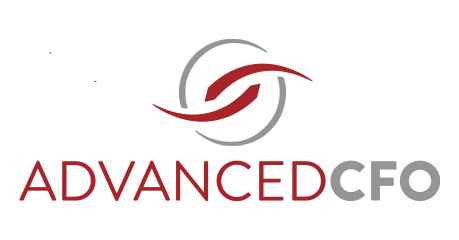By JB Henriksen
WHAT GOES INTO A VALUATION?
The valuation of a business may seem complex, but it always boils down to this: the value of a business is the amount a buyer is willing to pay a seller. While the concept is simple, valuing a business (particularly in the early stage) is more of an art than a science. One of the nuances of valuation is that many companies are pre-revenue and have little to no data to pull
from. If you’re a Shark Tank fan like I am, you’ve heard this before: “How can you be worth $5M if you have no revenue?” Such is the complex nature of business valuations. Whether pre-revenue or not, there are two ways to improve your business’ valuation.
TWO WAYS TO IMPROVE VALUATION
A simple valuation is usually a function of financial metric applied to a multiple. For example, if my company was doing $5MM in revenue and an appropriate industry revenue multiple was 2x, my company would be valued at $10MM. The metrics used often differ by industry, but the most common ones are revenue, earnings, EBITDA, MRR/ARR, etc. One strategy to improve valuation is to grow the metrics used in the valuation. Frequently, SaaS companies will focus on topline growth, while product companies more often focus on profitability. Knowing what buyers in your industry value will help you target the right levers and improve your valuation.
Perhaps the quickest way for a business to improve its valuation is to improve the multiple. While a business may have more direct control over metrics than the multiple, valuation is more sensitive to increasing the multiple. Industry multiples come from actual industry data and are usually displayed as a range of values. Increase your valuation by showing that your business deserves a premium multiple and that you fit in at the top of that value range. To do this, you’ll need to generate
confidence in the business and its potential to succeed. In short, we’re talking about risk: the more risk you can mitigate for the investor, the better your company’s valuation.
RISK IS THE KEY
In any scenario, investors are looking for solid investments — ones that will maximize return and minimize risk. The more risk you can remove, the more favorable your valuation and consequentially, the more favorable your position when seeking buyers. While raw, hard data is always compelling, things like proof of concept, an experienced management team, intellectual property protection, strategic positioning in the marketplace, and a solid business plan can do wonders for calming the nerves of investors. Beyond that, the better you can articulate the unique strengths of your business and demonstrate a clear plan to turn those strengths into dollars in the pockets of your stakeholders, the more likely you’ll get a favorable multiple and valuation.
A CAUTIONARY NOTE ON EARLY VALUATIONS
While a high valuation may seem impressive, it’s important to note that a fair valuation is almost always better for the business than a high valuation. During the first capital raise, the bar is set for the company and each consecutive round sets an additional bar. Consider two scenarios:
1. Founder 1 raises a first round of $500K at a $2MM pre-money. The company does well and raises the next round of $10MM. Both founder and investor are happy — 4x value created. Also, justifying the $10MM pre is doable and VCs and angels are both key players in the next round.
2. Founder 2 raises a first round of $1.5MM at a $10MM. To maintain that 4x growth like Founder 1, Founder 2 now needs to raise around $50MM. Doing so requires explosive growth and narrows the pool of potential investors, as angel and small investors will likely drop out.
Because Founder 2 had a higher initial valuation, the bar is set even higher for the next round, increasing pressure for short-term growth on the founder. By pushing the larger rounds to a later stage, the founder can focus on long-term, sustainable growth, as opposed to racing to grow in order to prepare for the next raise.
VALUATION IS NOT THE END
Though it may seem like it, a business’ valuation is not the only thing to consider. Choosing the right investor is just as, if not more, important for a business to succeed. Because your investors may be heavily involved in the decisions of the company and will likely be linked to you for the remainder of your company’s life, you’d be wise to ensure you pick the right
one(s). First, determine whether or not you would want the investor as a key decision maker in the business at any price. Then, decide whether that price is fair.
The more risk you can mitigate, the better multiple and better valuation you’ll secure for your business. Regardless of your valuation, do right by your business and you’ll reap the rewards. And as the best VC’s have always told me, “Run your business like you will never sell it, but always be ready to sell it if the right offer comes along.”
About the Author
JB Henriksen is a partner at Advanced CFO and currently serves as the acting CFO for several high growth companies. He is a member of the Salt Lake City Angels and the UT entrepreneurial community. JB is a frequent speaker on finance, accounting and entrepreneurship and teaches as an adjunct professor at both BYU and the University of Utah.
